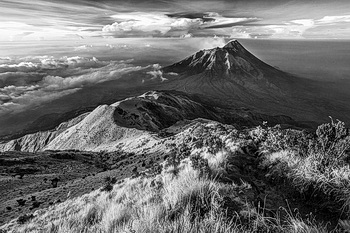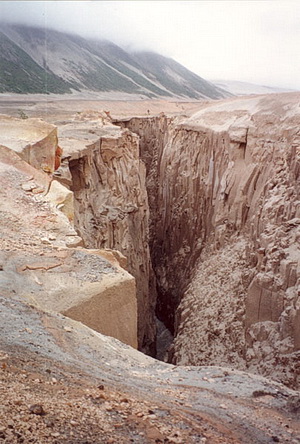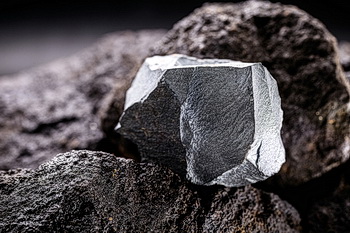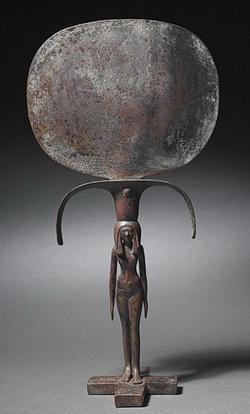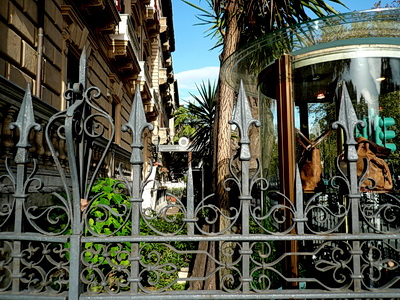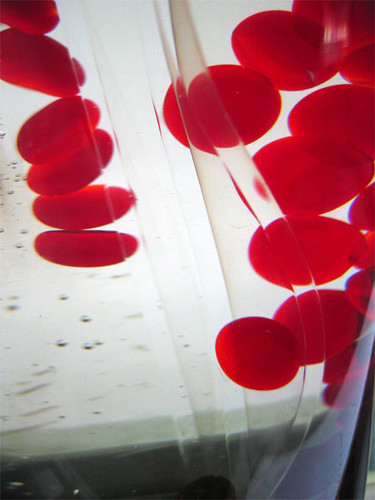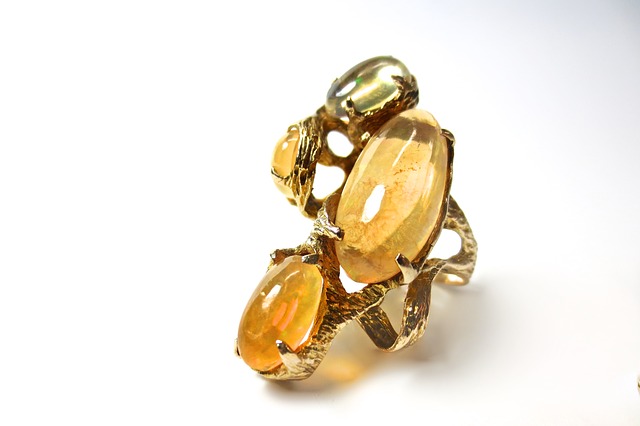
Yellow gems are often an indicator of warmth, openness, and optimism. If you’re looking to try something other than colorless diamonds for your engagement or wedding ring, a yellow gemstone can be a great way to showcase your sunny disposition on your finger.
Since wedding and engagement rings are everyday jewelry, we have put together a list of the best yellow gemstones that are unique and durable.
When searching for a gemstone, you need to consider two main factors:
-
- Toughness – Measured by the Mohs hardness scale
- Clarity – The transparency and inclusions or blemishes of a stone
Now that you know how to evaluate a gemstone, let’s jump in and have a look at the best yellow gemstones for engagement and wedding rings.
Citrine
Stemming from the French word “citron” which means “lemon,” citrine is a type of quartz stone found in multiple shades, ranging from brownish-yellow to yellow-orange to lemon yellow. Although little odd, reddish-orange citrines are often considered more valuable than bright yellow citrines.
This gemstone is pretty transparent and is often faceted even more to make it appear more lustrous. With a hardness of 7 on the Mohs scale, the durability of the stone resists scratching. Also, since quartz is found abundantly, it is easy to find citrines at budget-friendly prices.
Citrines look amazing in white gold or rose gold settings.
Yellow Diamonds
Diamonds are surely forever. With a hardness of 10 on the Mohs scale, colored or not, diamonds are the most durable and scratch-proof stones to exist. Although colorless diamonds are the most popular choice for engagement and wedding rings, if it does not truly capture your personality, a yellow diamond will save the day!
With traces of nitrogen present during the formation of diamonds that gives them their yellow color, yellow diamonds are very commonly available. Canary yellow is the purest and most intense shade of yellow. However, a majority of yellow diamonds feature hints of other colors. Yellow diamonds with green tints are more popular and expensive, and yellow diamonds with brown tints are less-favored and less pricey.
Just like colorless diamonds, yellow diamonds look great in every setting.
Yellow Topaz
Signifying happiness and prosperity, yellow topaz is the birthstone for the month of November. Topaz receives its name from the Sanskrit word tapas, which means “fire.” This stone gets its name due to its fiery appearance.
Topaz is available in an extensive range of bright and warm colors ranging from orange to dark yellow to a vibrant yellow. The darker variety of topaz is known as the Imperial Topaz. Although this variety is quite rare, which is why it’s valuable, its merry yellow shades are commonly available and are typically inexpensive.
Topaz gems generally have a high clarity with minimal, almost non-visible inclusions. The brilliance of this stone is enhanced even more when it is faceted. With a hardness ranking of 8 on the Mohs scale, Topaz is a durable and scratch-resistant stone, making it suitable for everyday wear.
Yellow Tourmaline
Tourmalines are often nicknamed the ‘rainbow gemstone’ since they can be found in almost every color. However, it can be quite challenging to find yellow tourmalines since they are quite rare. Vibrant yellow tourmalines get their color from iron and manganese during their formation. Pure and natural yellow tourmalines are difficult to find, so you can expect many inclusions. However, faceting helps enhance the brilliance of these gems.
With a ranking of 7 to 7.5 on the Mohs hardness scale, this gemstone has considerably good durability only through proper maintenance. Tourmaline is seen as a symbol of strength and healing in many cultures. Yellow tourmalines are specifically believed to heal one’s ego and self-esteem.
Yellow Sapphire
You probably imagine a big blue stone when you think of sapphires. Sorry to break it to you but not all sapphires are blue! Well, the truth is that sapphires are found in every color except for red. Made of corundum, sapphires turn yellow due to iron impurities during crystal formation.
Yellow sapphires occur in many shades ranging from pale to vivid. The higher the iron content, the brighter the stone, and the more expensive it will be. Nevertheless, yellow sapphires are generally much less expensive than blue sapphires. Many sellers use heat treatment to improve the yellow coloring of sapphires.
With a ranking of 9 on the Mohs hardness scale, sapphires are almost as hard as diamonds. They are resilient gems and can withstand breakage and scratches. However, it will require some maintenance to prevent clouding.
Yellow Zircon
Zircon stems from the Persian word “zargun” that means “gold-colored”. Zircons are available in various shades ranging from gold brown to vivid yellow. The bright yellow hues of this stone can be produced through heat treatment. When properly faceted, this beautiful stone produces a stunning brilliance that can even give competition to a diamond.
Although zircons appear very similar to diamonds, the biggest drawback of this stone is that it is soft and brittle. With a hardness of 6 to 7.5 on the Mohs scale, zircons need to be used very carefully to prevent chipping or scratching.
Yellow gems traditionally symbolize optimism, luck, self-esteem, and other positive energies and behaviors. Although yellow gems are an unconventional choice for engagement and wedding rings, they can be a great way to showcase the confidence and warmth in you. We hope this information on yellow gemstones will help you get started on your search for the perfect wedding or engagement ring!

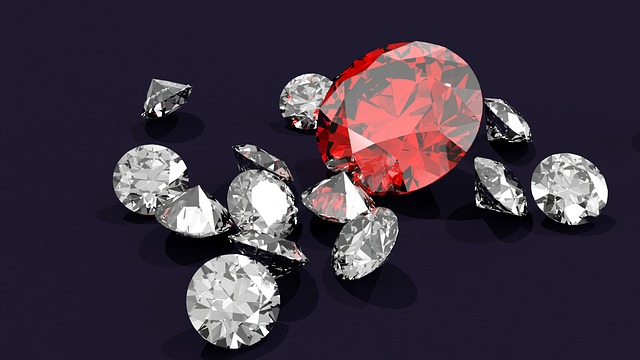
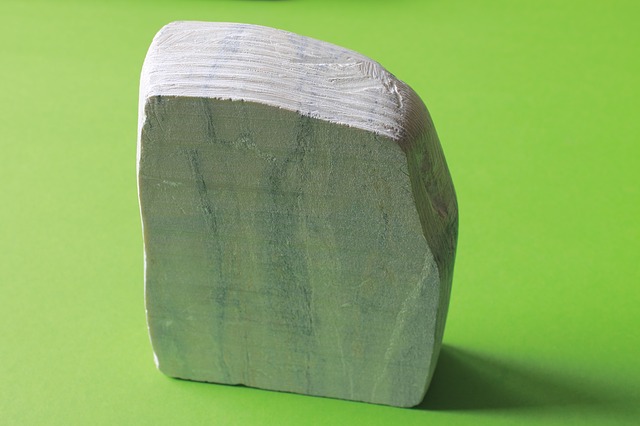

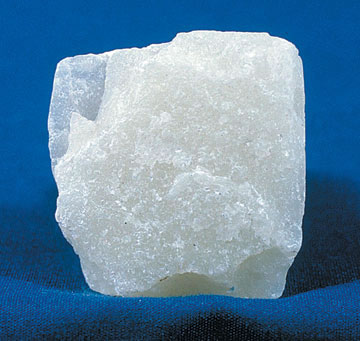
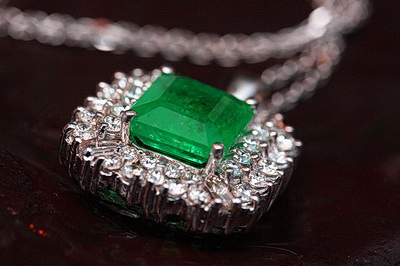
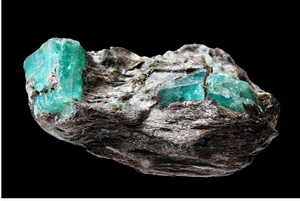 Emeralds
Emeralds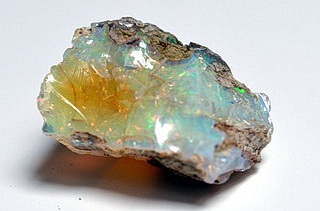
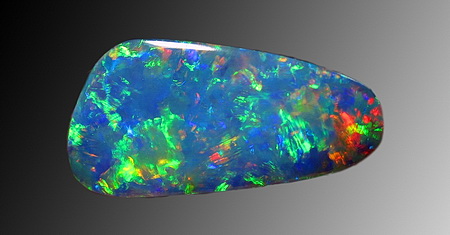
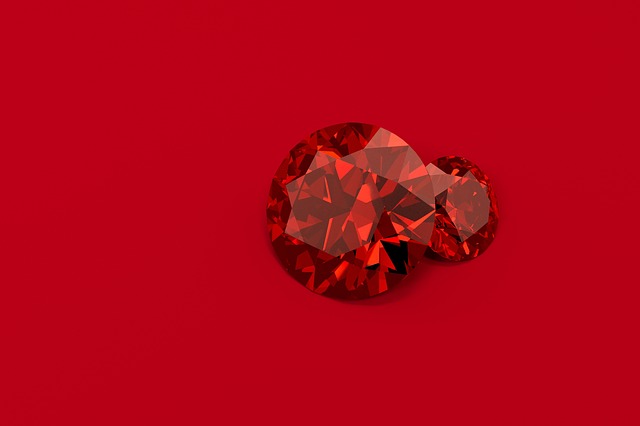
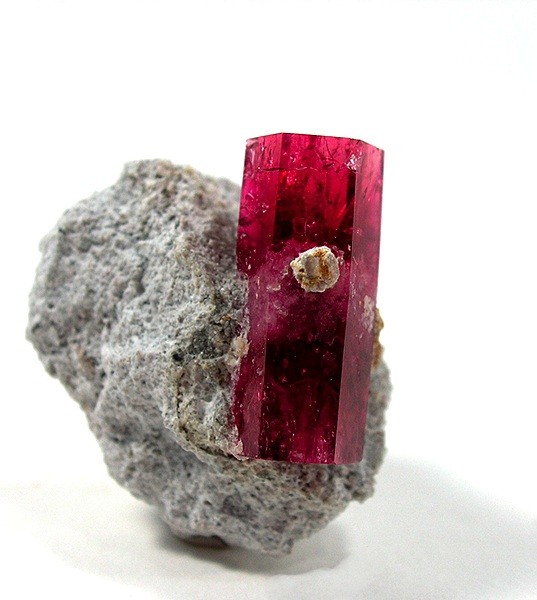
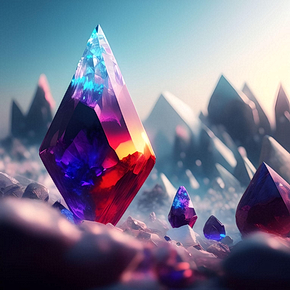
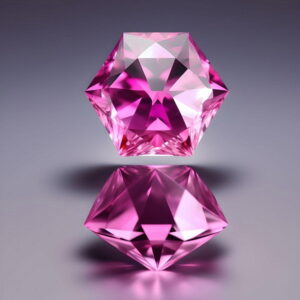
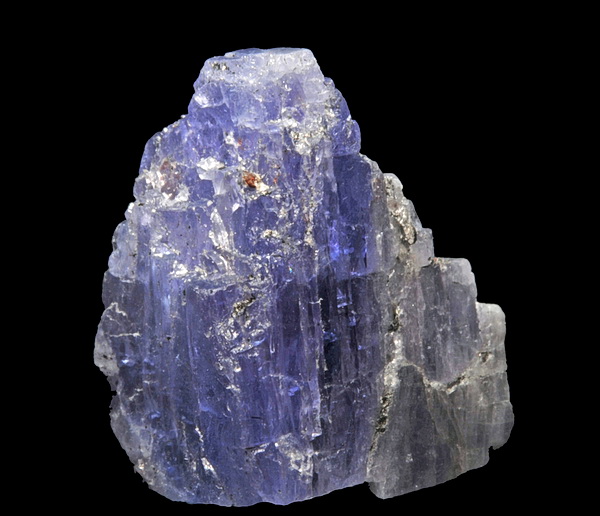 Tanzanite
Tanzanite